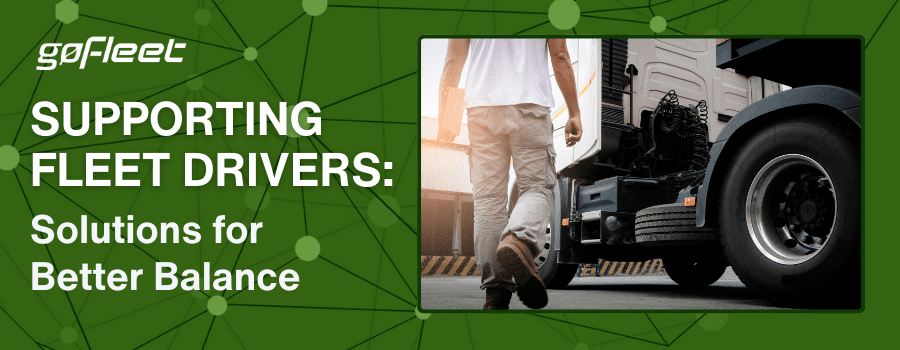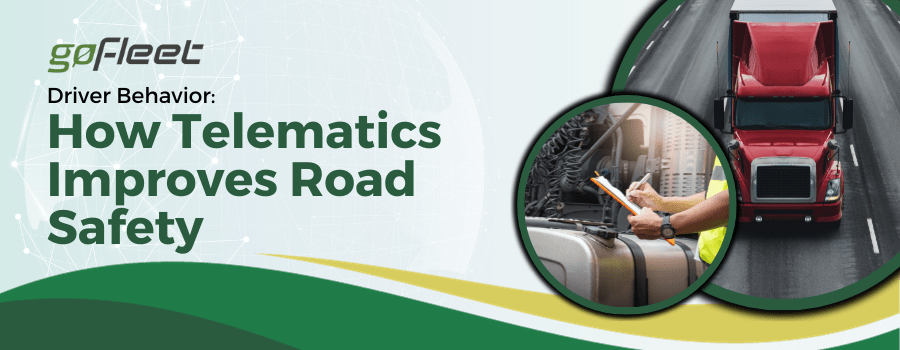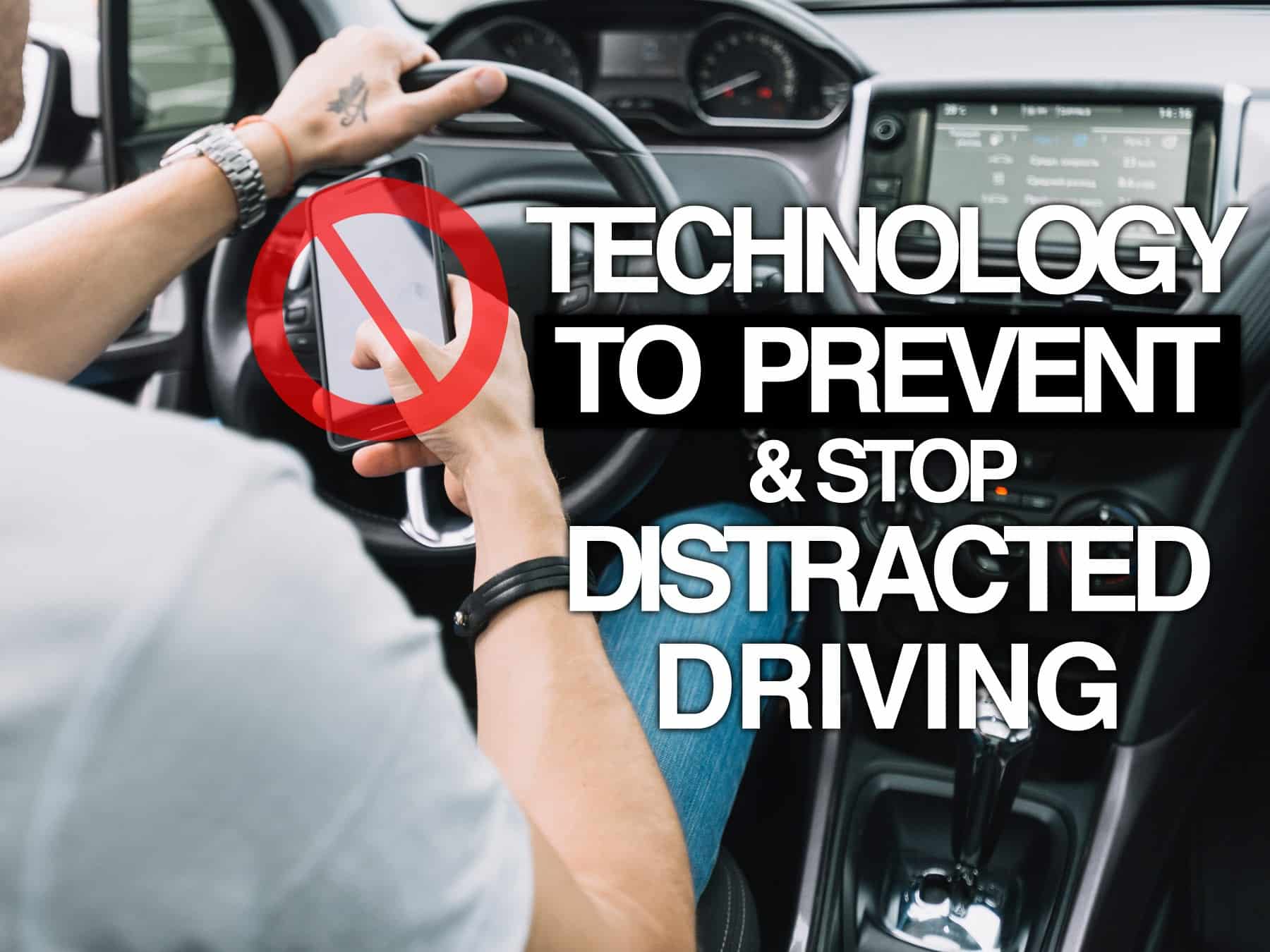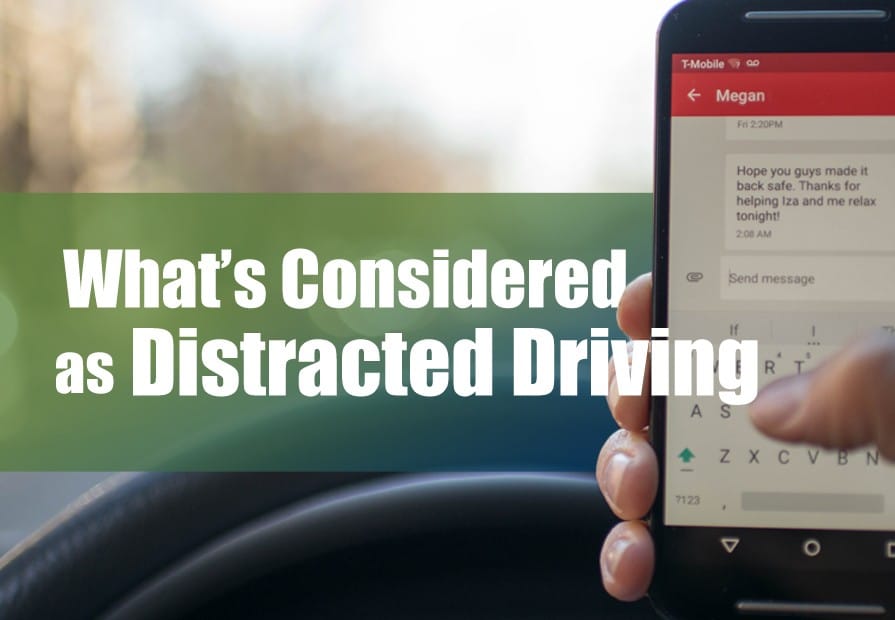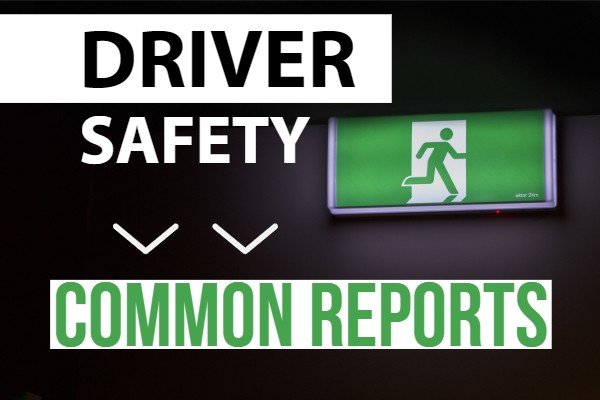April 23, 2025
Hesam Seyedi
Think your safest driver is the one you never hear about? Think again. If you’re still relying on gut instinct or the absence of complaints to evaluate performance, you could be missing serious risk—or overlooking your top talent. The truth is, driver performance is the most critical factor in your fleet’s safety, efficiency, and reputation. But without data, you’re left...
Fleet drivers face numerous challenges on the road, from long hours and irregular schedules to physical and mental fatigue. However, there are solutions that fleet managers and drivers can implement to address these challenges and promote a healthier work-life balance. Wellness programs, flexible scheduling, and family support initiatives are examples of how the trucking industry can help drivers manage their...
Spending long hours on the road, often far from home, can make it challenging for fleet drivers to balance their work responsibilities and personal lives. According to a survey by the American Trucking Association, nearly 80% of drivers reported that their job negatively affects their ability to spend time with family and manage personal tasks. This imbalance can lead to...
The safety of our roadways is a paramount concern for both individuals and society as a whole. Every year, thousands of lives are lost and countless injuries occur due to accidents on our roads. While factors like road conditions and vehicle safety play a role in these incidents, one of the most significant contributors to accidents is often overlooked –...
You’ve done your research on dash cams, pulled the trigger and made the investment. Implementation is good to go and from here on it, it's smooth sailing. In no time, you'll have your drivers on board with dash cams, right? Not always. As with anything new, there can be a learning curve, and even resistance, when it comes to getting...
According to the American Transportation Research Institute's (ATRI) 2021 Critical Issues in the Trucking Industry report, fleets still list driver shortage as a top concern. Second on the list is driver retention, proving that it takes more than a competitive salary to attract and maintain a top-tier roster of professional drivers. Thankfully, GoFleet has a number of resources to...
February 27, 2019
Wisam Abou-diab
Imagine this. You’re having a great morning. You’ve just left the house after enjoying some coffee and you’re on your way to get some groceries. While you’re on the road, you pass by another car and you notice the person inside is looking down at their phone. Now I’m sure this situation has been observed multiple times by...
January 30, 2019
Wisam Abou-diab
By definition, distracted driving seems pretty simple. If something is causing a driver to compromise their judgement while driving - it is considered a distraction. Typically, most people associate distracted driving with electronic devices. It has now become common knowledge that you absolutely cannot be using your phone while driving or even hold it in your hands. Well, unless your...
October 31, 2018
Jimmy Song
One of our biggest client request is creating reports. Reports are a useful fleet management tool because they provide snapshots for decision making. For instance, safety managers use driver safety reports to monitor driver safety and train drivers on best practices. Driver Safety Reports Safety is a top priority for many fleets because even a single accident can be disastrous....
April 11, 2018
Jimmy Song
What are some common driving mistakes? New or veteran drivers are all guilty of a few mistakes. However, as bad as some people think of their driving skills, most drivers have never had the misfortune of appearing on the “Canada’s Worst Driver” driver safety course. Canada’s Worst Driver is a TV show based off the British show. Bad drivers are...

